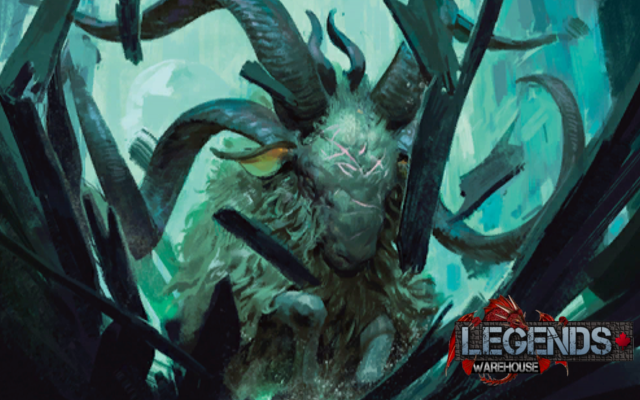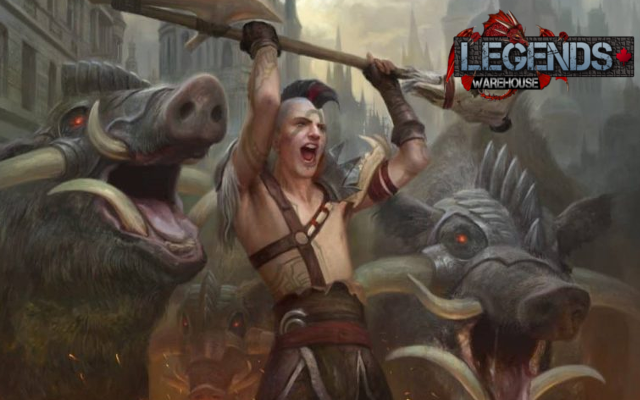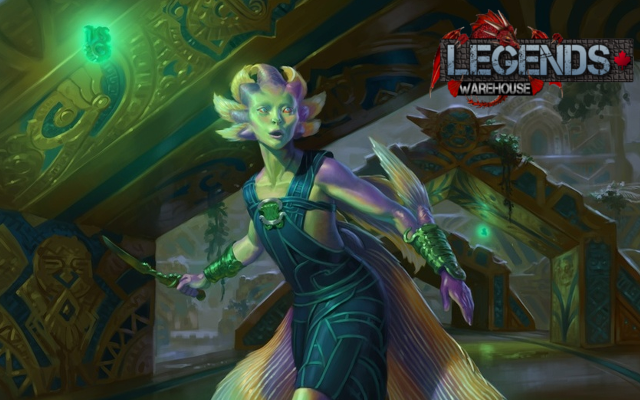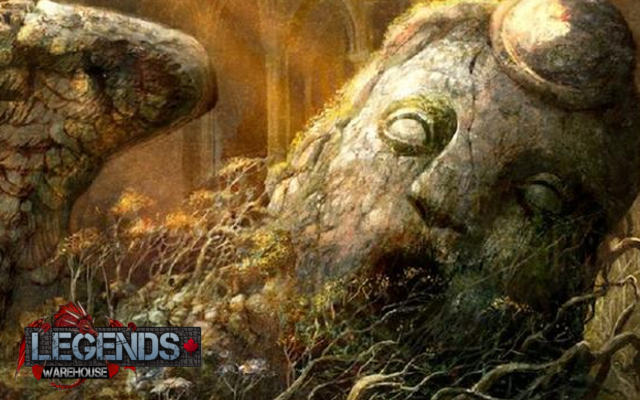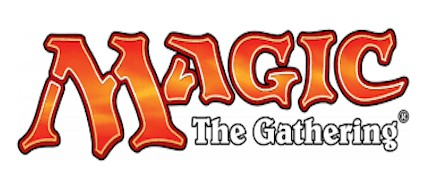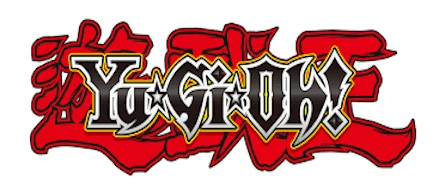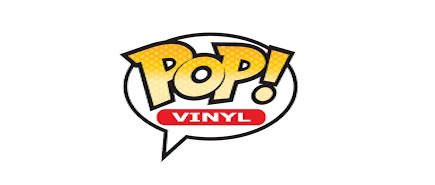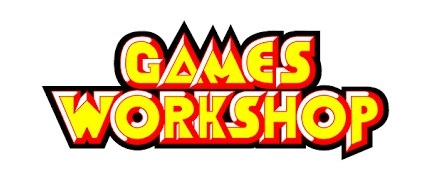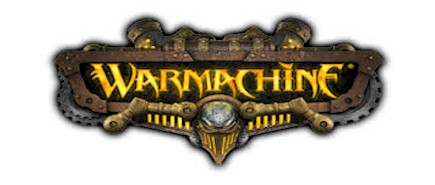Twenty to Zero in 60 Seconds
- Legends Warehouse News
- 04 Aug, 2017
Standard has been in a rough patch for the last few months. With an unprecedented amount of bannings, we have bounced around from broken deck to broken deck until WotC was forced into action. They dropped the banhammer, and they dropped it hard. When the dust settled, we were left with a Standard format that was actually...pretty balanced? Between Zombies, Mardu Vehicles, U/R Control, and the old Aetherworks Marvel decks adapting into a Temur Energy shell, it seems that the format has all but stabilized into something fair and enjoyable. But what if I told you there was still a deck capable of getting a combo kill by turn four?
Electrostatic Pummeler decks were all the rage in the early days of Kaladesh Standard.  The ability to generate a bunch of energy early on, then use that energy in conjunction with pump spells like Larger than Life to power up Pummeler into a 20/20 trampler was incredibly powerful, but fell off the radar in the face of turn four Ulamogs and infinite Felidar Guardians. However, with the format slowing down considerably and removal being eschewed in favour of more threats, Electrostatic Pummeler is in an incredible position. With a typical game plan of untapping with an Electrostatic Pummeler and six energy, all it takes is a pump spell like Larger than Life or Invigorated Rampage to get Pummeler to five power. From there, we simply activate the Pummeler twice to make it into a 20 power trampler, which is often enough to win the game on the spot.
The ability to generate a bunch of energy early on, then use that energy in conjunction with pump spells like Larger than Life to power up Pummeler into a 20/20 trampler was incredibly powerful, but fell off the radar in the face of turn four Ulamogs and infinite Felidar Guardians. However, with the format slowing down considerably and removal being eschewed in favour of more threats, Electrostatic Pummeler is in an incredible position. With a typical game plan of untapping with an Electrostatic Pummeler and six energy, all it takes is a pump spell like Larger than Life or Invigorated Rampage to get Pummeler to five power. From there, we simply activate the Pummeler twice to make it into a 20 power trampler, which is often enough to win the game on the spot.
ROPE-A-DOPE PUMMELER
- 4 Electrostatic Pummeler
- 4 Servant of the Conduit

- 4 Voltaic Brawler
- 4 Bristling Hydra
- 4 Longtusk Cub
- 2 Rhonas the Indomitable
- 2 Glorybringer
- 4 Attune with Aether
- 4 Invigorated Rampage
- 4 Blossoming Defense
- 3 Harnessed Lightning
- 4 Game Trail
- 2 Cinder Glade
- 4 Aether Hub
- 3 Mountain
- 7 Forest
- 1 Hashep Oasis
- 2 Glorybringer
-
 2 Hazoret the Fervent
2 Hazoret the Fervent
- 1 Harnessed Lightning
- 3 Magma Spray
- 2 Magmatic Chasm
- 3 Abrade
- 2 Prowling Serpopard
This version of Pummeler differs from the traditional builds because of one simple philosophy: Having the combo is great, but the deck shouldn’t revolve around it. One of the easiest ways to disrupt a Pummeler deck is to wait for them to attempt to combo off, then kill their Pummeler in response, thus wasting their spells and their energy. It’s because of this that I’ve shied away from all-in spells like Larger than Life or Fling that, while extremely valuable in securing a combo kill, do nothing on their own and essentially scream “Here’s where you interact with me!”. Larger than Life being a sorcery is a major signal for your opponent that here’s the window to stop what I’m trying to do, regardless of what creature you use it on. Unlike Invigorated Rampage, it can’t even be used as a combat trick, which also kills some of its playability in my mind.
Fling, on the other hand, works very well when you’re running low on energy since you only need to get Pummeler to 10 power to get a kill. However, two problems arise with this strategy. The first is that if they manage to counter your Fling, you’ve lost your creature and they’re still sitting at 10 life, whereas if you just play more energy generators you can get a 20 power attacker which is more reliable. The second problem is that Fling doesn’t help when the board stalls out and you try to push through multiple blockers. Ishkanah, Grafwidow is a card that’s starting to see more play now that Ulamog isn’t around to bully it, and it’s one of few cards capable of walling off a 10 power Pummeler. Attempting to combo off with Fling in these matchups can often prove difficult, and that’s why I’ve opted to take those slots and make them into Glorybringers.
Glorybringer is the new “Jace, the Mind Sculptor test” for Standard. In the past, any creature that didn’t have an immediate impact would just get bounced by a Jace, the Mind Sculptor, thus making it much worse compared to creatures such as Primeval Titan or Goblin Guide. It’s why powerhouse creatures like Hero of Bladehold or Phyrexian Obliterator saw little play, and that mentality remains today with Glorybringer. Right now, creatures have to be able to survive a Glorybringer exerting, so having a higher toughness or an enter the battlefield trigger gives you some manner of value, whereas anything else would just get run over by a freshly cast Glorybringer. As such, it only stands to reason that we should be running them ourselves. Not only does this increase the number of bodies in the deck which gives us more pressure over the course of a game, it also gives us removal and interaction that most other Pummeler decks wouldn’t have access to.
creature that didn’t have an immediate impact would just get bounced by a Jace, the Mind Sculptor, thus making it much worse compared to creatures such as Primeval Titan or Goblin Guide. It’s why powerhouse creatures like Hero of Bladehold or Phyrexian Obliterator saw little play, and that mentality remains today with Glorybringer. Right now, creatures have to be able to survive a Glorybringer exerting, so having a higher toughness or an enter the battlefield trigger gives you some manner of value, whereas anything else would just get run over by a freshly cast Glorybringer. As such, it only stands to reason that we should be running them ourselves. Not only does this increase the number of bodies in the deck which gives us more pressure over the course of a game, it also gives us removal and interaction that most other Pummeler decks wouldn’t have access to.
Another potent threat that Amonkhet gave the deck is Rhonas the Indomitable, a sizeable beatstick that can also turn any creature we play into a serious threat. One of the problems this deck can face is mana flood as traditionally we wouldn’t have anything to do with the excess mana. Rhonas gives us a valuable mana sink which conveniently gives himself the ability to attack or block as well as jump-start our Pummeler combo should we not draw our other pump spells. Rhonas is another reason why cards like Glorybringer are so potent in this deck because it provides a backup plan for when we don’t draw into the Pummeler combo. More often than not a curve of Rhonas into Bristling Hydra into Glorybringer will put away a game fairly easily even without pump spells.
The sideboard is primarily geared toward fighting aggro and midrange decks since we are typically favoured against slow decks. This is why we have additional copies of Harnessed Lightning and Glorybringer since we are often forced into a midrange-combo role against more aggressive decks like Zombies. We basically have to kill everything that moves until it’s time to either go over them with our larger creatures, or through them with the Pummeler combo. As well, three copies of Magma Spray are a necessary evil against decks like Zombies and Mardu which can recur creatures out of their graveyard. Finally, three copies of Abrade help blow up pesky artifacts like Heart of Kiran as well as pick off annoying X/3s like Lord of the Accursed and opposing Bristling Hydras.
Slower decks are much easier to deal with, but we still have to pack tools to fight the different kinds. For Blue control decks, two copies of Prowling Serpopard make sure that none of our creature spells can be countered as well as give us another way to swing with our Rhonas. Since Delirium decks are poised for a comeback now that Ulamog isn’t being cast on turn four, we need a way to handle Ishkanah. As such, I’ve elected to include a pair of Magmatic Chasm to keep all ground creatures from blocking. This gives us a way to push damage through regardless of the ground defenses our opponents play. It’s important to remember that since Magmatic Chasm doesn’t change the characteristics of any permanent, it will affect any creatures without flying that enter the battlefield after it was cast. This is especially important in the case of cards like Elder Deep-Fiend and Samut, Voice of Dissent since they’ve started seeing more play due to their surprise factor. Finally, the sideboard is rounded out by a pair of Hazoret the Fervent. In longer, drawn out games we rarely have more than one card in hand, which makes it very easy to get Hazoret down and attacking for big chunks of damage. Furthermore, Hazoret has enough power to trigger Rhonas as well as set up a perfect curve that makes it difficult for most midrange and control decks to keep up.
none of our creature spells can be countered as well as give us another way to swing with our Rhonas. Since Delirium decks are poised for a comeback now that Ulamog isn’t being cast on turn four, we need a way to handle Ishkanah. As such, I’ve elected to include a pair of Magmatic Chasm to keep all ground creatures from blocking. This gives us a way to push damage through regardless of the ground defenses our opponents play. It’s important to remember that since Magmatic Chasm doesn’t change the characteristics of any permanent, it will affect any creatures without flying that enter the battlefield after it was cast. This is especially important in the case of cards like Elder Deep-Fiend and Samut, Voice of Dissent since they’ve started seeing more play due to their surprise factor. Finally, the sideboard is rounded out by a pair of Hazoret the Fervent. In longer, drawn out games we rarely have more than one card in hand, which makes it very easy to get Hazoret down and attacking for big chunks of damage. Furthermore, Hazoret has enough power to trigger Rhonas as well as set up a perfect curve that makes it difficult for most midrange and control decks to keep up.
Going forward with the deck, there is also something that we have to be aware of with Hour of Devastation. White received the hoser of all hosers in Solemnity. With this card in play, we can’t gain energy and our creatures can’t gain +1/+1 counters. Letting this thing stay on the field for too long is backbreaking, so it’s important that post-Hour we have some tools to stop it. For the time being, Natural State is the most efficient means of destroying Solemnity since it only costs one mana. However, since Oath of the Gatewatch rotates with Ixilan, we will then have to settle for Appetite for the Unnatural. If the metagame shifts so much that energy decks become popular, there's a chance that Solemnity will start seeing more sideboard play. If this happens, it may warrant even more monsters in the deck to lessen Solemnity's impact on our deck, and we can even use creatures like Crocodile of the Crossing and Defiant Greatmaw to use their own Solemnity against them.
Achieving combo kills in a time when combo decks are being relentlessly banned is always fun. It feels like you’re getting away with something that they don’t want you to when you pump Electrostatic Pummeler to 20 power. After playing this deck for the past month I can say that going off on turn four feels just as rewarding as spending that same six energy to cast Ulamog with Aetherworks Marvel. What I love most of all about the deck is that it’s able to function without having to combo off. Just by having Pummeler in the deck you’re able to force an opponent to play around the combo, so you can often steal games by forcing them to play around the combo while you chip them out with Longtusk Cub, Voltaic Brawler, and Glorybringer. This is a surprisingly budget friendly deck that’s more than capable of taking down the top competitors in Standard, so if you’re looking to get into the format with something cheap and effective, you can’t go wrong with Pummeler.

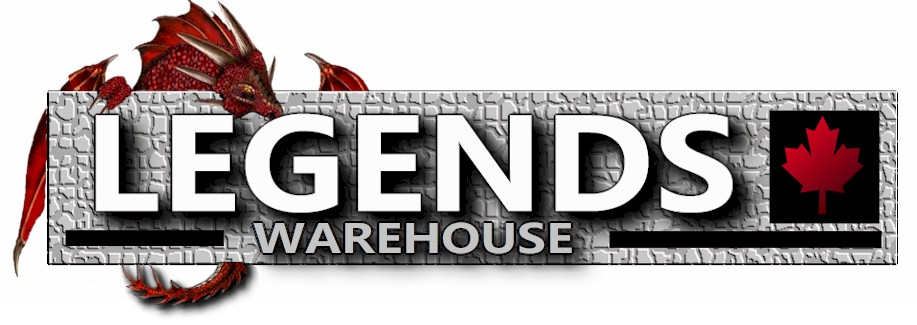
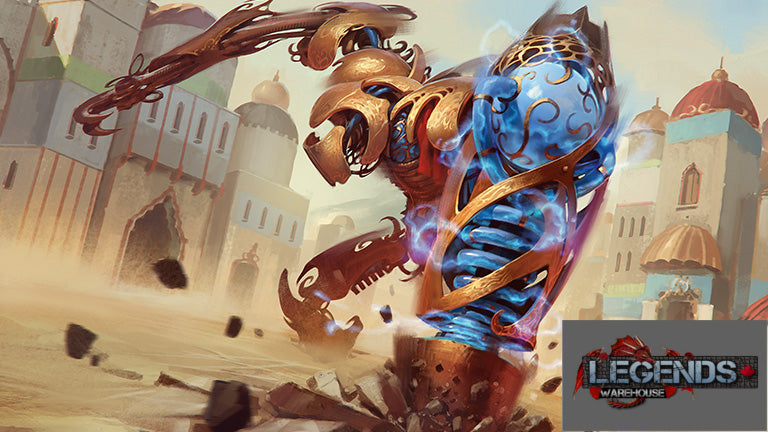

 2
2 